
Gaius Caelius Ermero
Alias Gaius Caelius Ermeros
Antistes of several mithraea in Ostia.
Biography
of Gaius Caelius Ermero
- Gaius Caelius Ermero was a syndexios of the Mitreo del Palazzo Imperiale and of the Mitreo delle Pareti Dipinte.
- Active c. 162 in Ostia, Latium (Italia).
TNMP 64
Several inscriptions at Ostia mention a certain Caius Celius Ermero, always referred to as the antistes of that place. One, engraved on a small marble altar, was found in the mithraeum of the Pareti dipinte, in a large patrician house. Another with an identical dedication is engraved on a small marble altar still in situ in the mithraeum of the Palazzo Imperiale. Finally, in the same latter shrine, this man is also the dedicatee of two statues of Cautes and Cautopates.
As R. Marchesini has shown, the bases supporting the statues of Cautes and Cautopates are in fact altars that were replaced and transformed into bases on which the statues of the dadophores were placed (which already appear in relief on the main face of each altar/base). At the same time, the previous inscriptions (with the exception of the consular date of 162) were removed and the dedications of Ermeros were engraved. In all probability, the four altars were originally located in the mithraum of the Pareti dipinte. A damnatio memoriae having struck the unknown dedicatee of the two altars with dadophoric reliefs, Ermeros appropriated these monuments as local antiquities (Huius loci).
It was for this reason that he had the two small altars CIMRM 259 and CIMRM 269 placed in this same mithreum. When the so-called Palazzo Imperiale was built, the same Ermeros probably had three of the four monuments moved to the new place of worship. It is perhaps then that the altars were transformed into pedestals, surmounted by statues that curiously reproduce the reliefs.
—Bricault (2021) Les Cultes de Mithra dans l’Empire Romain
References
- Bricault; Roy (2021) Les cultes de Mithra dans l'Empire Romain
- Epigraphik-Datenbank Clauss / Slaby. Mitreo del Palazzo Imperiale in EDCS
- Ostia-Antica.org (2020) Regio I - Mitreo del Palazzo Imperiale
- Ostia-Antica.org (2020) Regio III - Insula I - Domus and Mitreo delle Pareti Dipinte (III,I,6)
Mentions
Altar with inscription of Mitreo del Palazzo Imperiale
TNMM 461
This is one of several marble inscriptions made by a certain Caelius Ermeros, who was the antistes of the Mithraeum of the Imperial Palace.
Cautes and Cautópates of Palazzo Imperiale
TNMM 143
The sculptures of Cautes and Cautopates from the Mitreo del Palazzo Imperiale may have been reused from an older mithraeum in Ostia.
Posit(a)e XV k(alendas) / febr(u)arias / Q(uinto) Iunio Rus/tico / L(ucio) Plaut[io] / Aquilin[o] / co[(n)s(ulibus)].
Erected on the fifteenth day before the calendas of February, Quintus Iunius Rusticus and Lucius Plautius Aquilinus being consuls.
Cippus from the Mitreo delle Pareti Dipinte
TNMM 583
This small monument bear the inscriptions of a certain Caelius Ermeros, antistes at the Mithraeum of the Painted Walls.
Mitreo del Palazzo Imperiale
TNMM 97
A mosaic of Silvanus, dated to the time of Commodus, was found in a niche in a nearby room of the Mithraeum in the Imperial Palace at Ostia.
Mitreo delle Pareti Dipinte
TNMM 2
The House of the Mithraeum of the Painted Walls was built in the second half of the 2nd century BC (opus incertum) and modified during the Augustan period.

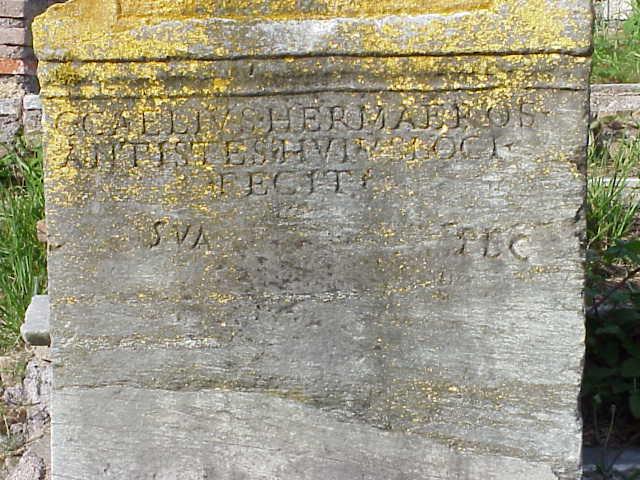
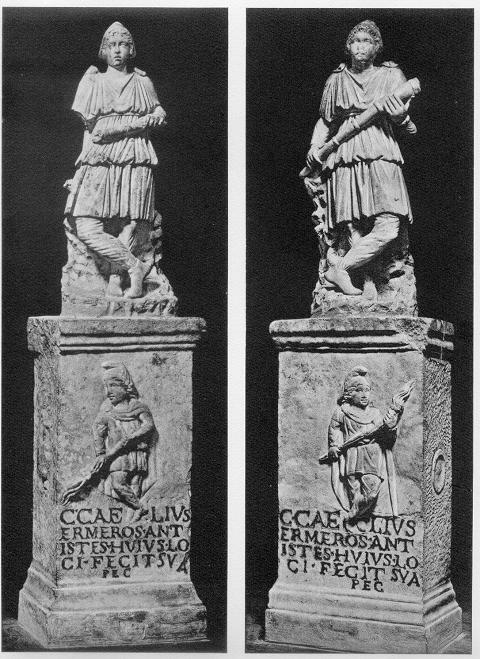
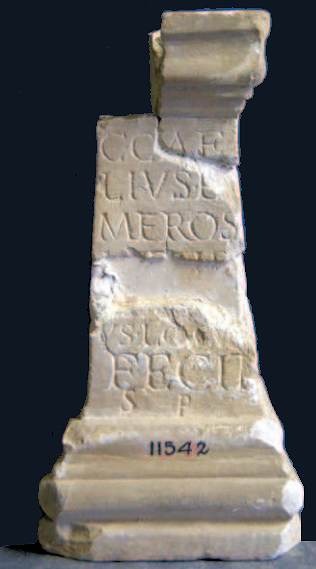
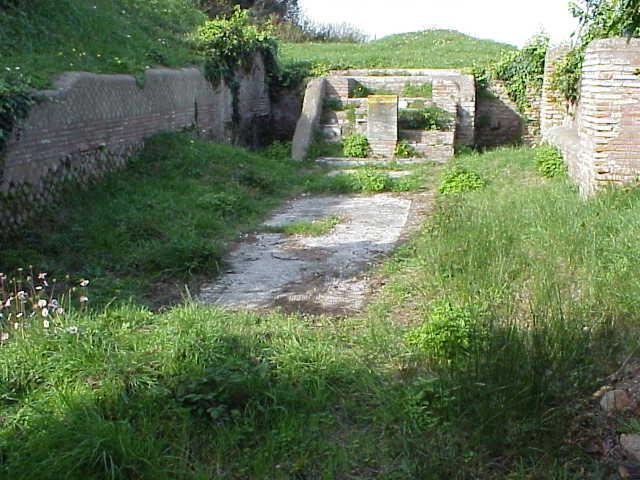
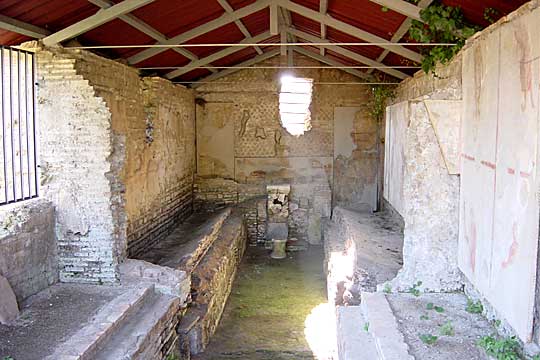
Comments
Add a comment